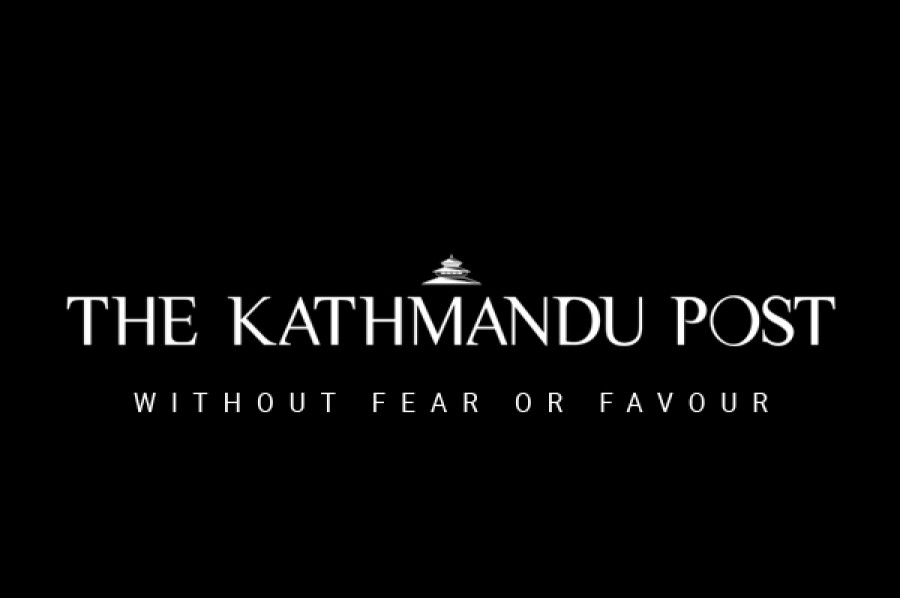Money
Nepal Rastra Bank brings in $10m in cash from Singapore
Nepal Rastra Bank (NRB), the central bank, has brought $10 million in cash from Singapore to deal with shortage of physical dollar in the domestic market, where demand for greenback is high but supply has petered out due to use of electronic cards by foreigners and other reasons.
Nepal Rastra Bank (NRB), the central bank, has brought $10 million in cash from Singapore to deal with shortage of physical dollar in the domestic market, where demand for greenback is high but supply has petered out due to use of electronic cards by foreigners and other reasons.
This is the first time the central bank had imported physical dollar from abroad to meet the domestic needs. “The consignment arrived Monday afternoon via Silk Air flight,” Janak Bahadur Adhikari, executive director of NRB’s Banking Office, said. “All the bills are fresh and in the denomination of 100.”
The move to replenish the depleting stock of physical dollar is expected to provide some relief to outbound people, who are facing problems in getting US currency in cash. Physical dollar is mainly demanded by army personnel who take part in the United Nation’s peace operations abroad, officials working for foreign diplomatic agencies and multilateral agencies, students pursuing studies abroad, Nepali overseas travellers and entrepreneurs, among others.
NRB probably would not have to bring in dollar from Singapore had those going abroad used dollar-denominated electronic cards. But Nepalis prefer to travel around with cash, NRB officials said. “Also, some of the immigration offices abroad do not allow Nepalis to enter those countries until they substantiate they can cover their expenses during their stay. This means Nepalis have no option but to show the dollars in cash. This is also raising dollar demand.”
While Nepalis going abroad demand physical dollar, international travellers have started visiting Nepal with electronic cards, reducing the supply of physical dollars in the country. Also, NRB is suspicious about activities of money exchange kiosks and businesses engaged in travel trade, such hotels and travel agencies, as “they have not been sending dollars to NRB”.
As shortage of physical dollar started becoming acute, NRB sent Adhikari to Singapore in October. During his visit, Adhikari signed an agreement with CIMB Bank, where the central bank has an account, to bring in physical dollar. As per the agreement, private banks operating in Nepal can also reach out to CIMB to bring in dollar bills to cater to the demand here.
CIMB provided the service to NRB by charging extra $23,000 (approximately Rs2.46 million) as freight and insurance costs, according to NRB officials. This means the cost of ferrying each dollar will stand at around Rs0.246.
“Once costs of travelling to Singapore and charges related to handling of consignment that lands in Kathmandu are taken into account, the cost of shipping each dollar will hover around Rs0.30,” NRB officials said. “The extra cost that has gone into brining in the dollar will not be passed onto customers seeking foreign exchange facility here.”
Nepal currently maintains a robust foreign exchange reserve of US$9.7 billion, which is almost 45 per cent of the gross domestic product. Yet not all of this money is in the country or in the form of cash. Hence, the shortage.
“We hope the supply we are getting this time will be adequate for around a year,” said the official. “However, if we face shortage again, we can bring in more physical dollars from CIMB without signing another agreement.”




 11.12°C Kathmandu
11.12°C Kathmandu














